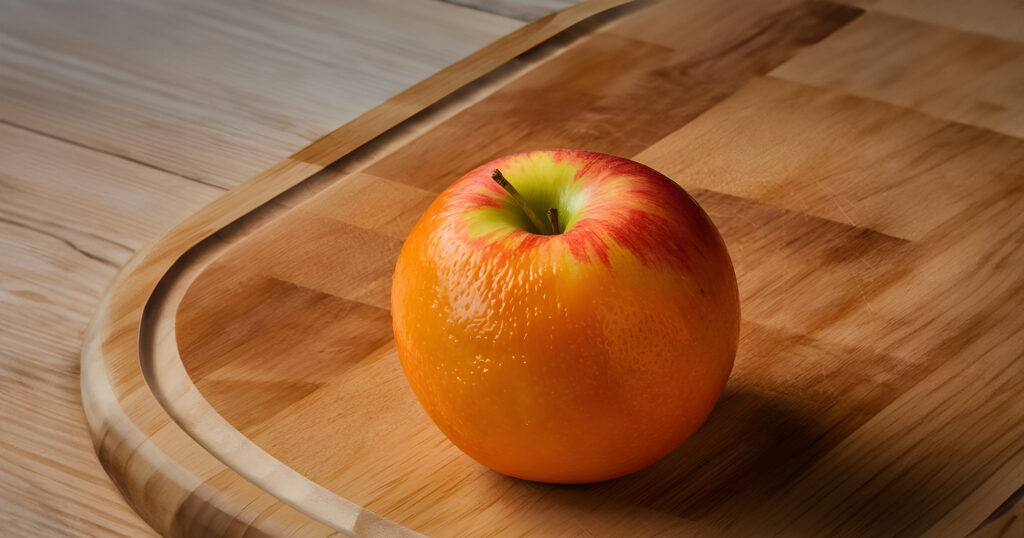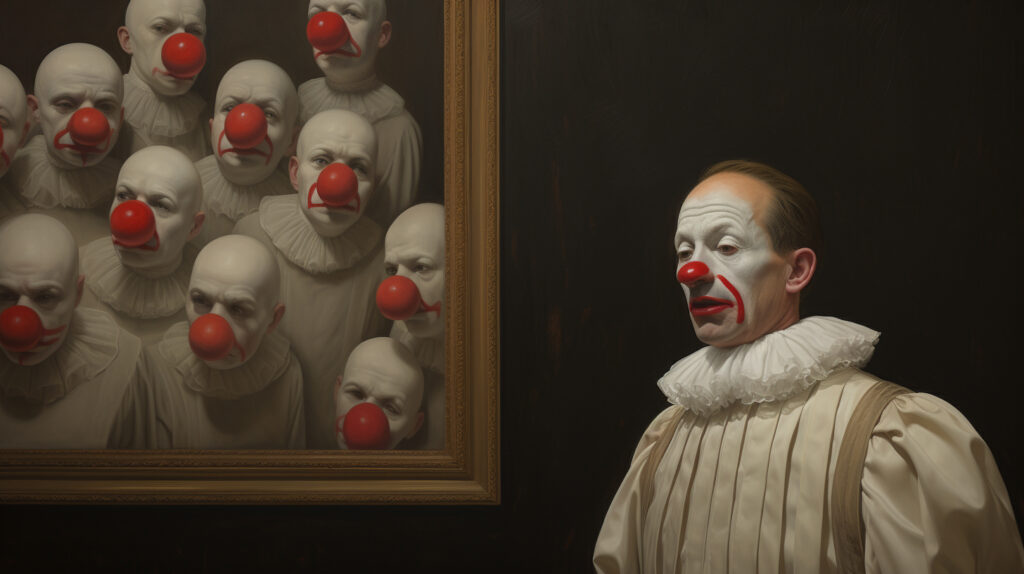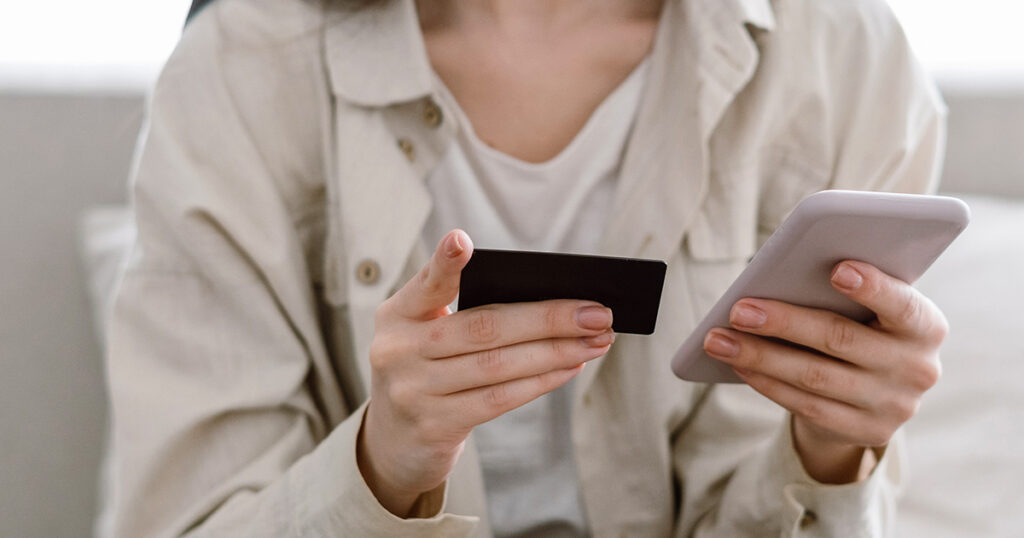We’ve written previously about Search Engine Optimization (SEO) for museums. We’ve also produced a video about the “long-tail” effect and how museums in particular can benefit from this search dynamic. Museums are packed full of stories from your collections and programs. Every time you express these on your website, you’re building a library of content ripe for long-tail search discovery.
Focusing on the SEO Basics
The basics of Search Engine Optimization are pretty straightforward. Use H1 tags for your page titles (and include keywords there if possible), add unique search engine oriented meta titles for each page, and include a meta description. If you do just these three things you’ll be in pretty good shape.
But when you have the Yoast SEO plugin installed, you can easily start improving each page’s performance with just a little bit of extra time when making your posts.
Yoast provides a simple interface for adding your meta title and meta descriptions. And as you add that information, it shows you visually how your page will appear in search engine results, based on the content you’re adding to those fields.
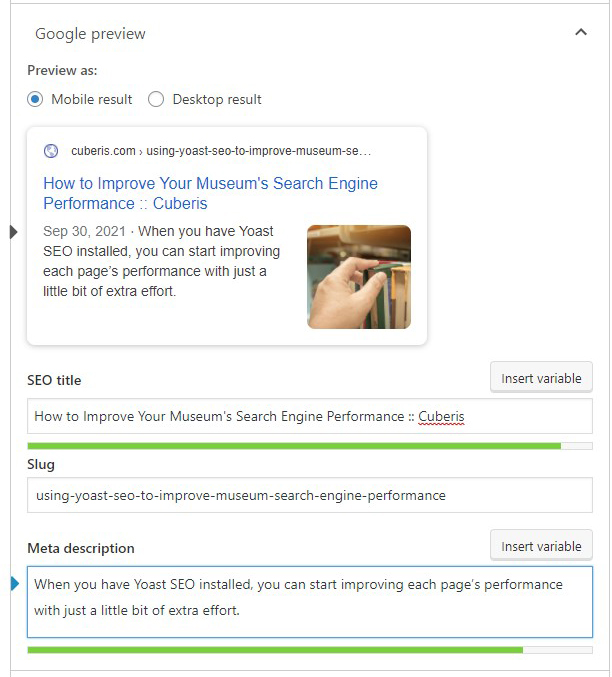
Yoast Readability Insights
Yoast also gives you insights into other ways you can improve your content. It offers general readability hints, such as showing you where you’re using the passive voice too much. It also analyzes sentence length and complexity. While these tips won’t necessarily impact your SEO positioning, it’s always nice to get a bit of editorial help with your content!

Yoast Performance Tips
But there are other analytics that Yoast provides that can improve your rankings. For example, search engines favor pages that include some external links to other sites. And so Yoast informs you about your page’s external links status.

Subheadings Matter
Another way to both improve readability, and SEO performance is through the use of subheadings. Subheads make scanning your content easier, which helps people decide whether or not they want to invest the time to read. Subheads that use h2 and h3 tags are also a way to easily boost your performance. Search engines give greater weight to the words used in your subheads .
Focus Keyphrase Analysis
Another super helpful tool is Yoast’s Focus Keyphrase analysis. Take a minute and ask yourself, what kinds of search terms might someone use if they were looking for the kind of information offered on this page? Or what search phrases would this page ideally show up under? By adding the words and phrases that flow from that thought experiment into the Keyphrase Analysis field, Yoast will give you feedback about how well your page’s content would perform given those search query terms.
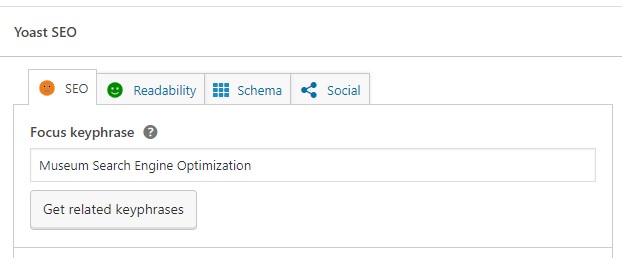
For example, if the terms in your focus keyphrase are not in your title or meta title, or if they are not found in the first paragraph of your content, your performance will be hindered. Yoast will suggest places where you might want to include your focus keyphrase terms in your content.
Yoast Free vs. Yoast Pro
The free version of the Yoast plugin includes all the features I’ve described so far. But they also offer a pro version for just $89 per year. One feature that might make it worth buying is the advanced keyword reason tool associated with the Keyphrase Analysis tool. The pro version not only tells you how well your content is structured, given your target phrase, but it also dynamically performs some real-time key phrase analysis of similar words and concepts to help you zero in on well-formed search phrases.
The paid version also includes access to Yoast Academy where you can further sharpen your SEO skills.
That said, for most museums, the features available in the free version are more than adequate. If you just use the basics, you’ll set yourself up for optimal results. Deep keyword research and high level Search Engine Optimization is more helpful to competitive ecommerce content than for the informational content of a museum website.
Yoast is a simple way to ensure that the people most interested in your content can find it. And the more content you create, the more long tail traffic you’ll be building, and the further you’ll be extending the impact of your collections, programs, and resources.

